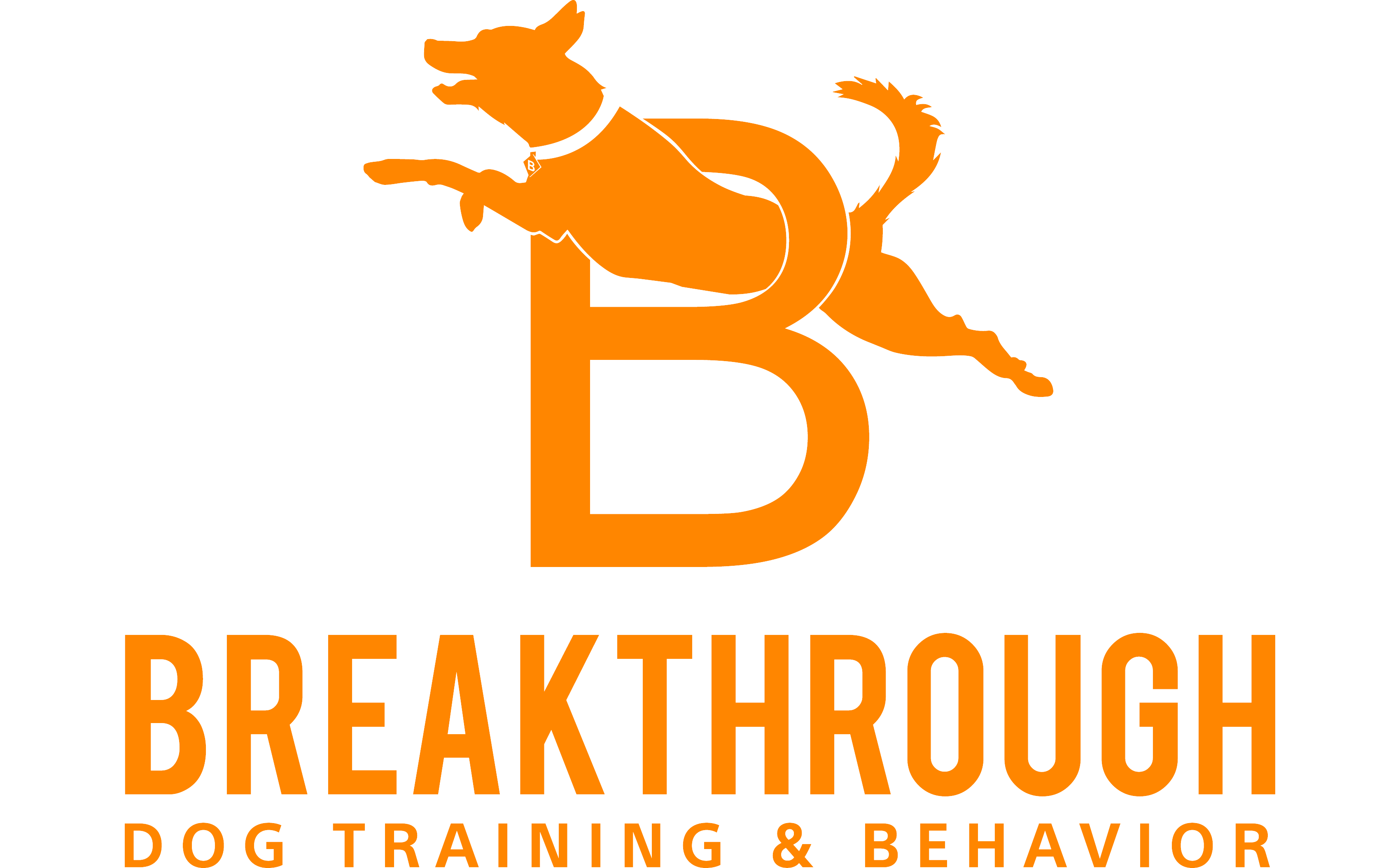Dogs communicate with us through a variety of behaviors and body language cues, each carrying its own meaning. As a dog owner in Richardson, understanding these signals can deepen your bond with your canine companion and facilitate effective training. Let’s explore some common dog behaviors and what they signify:
Tail Wagging: Expressing Emotions
Tail wagging is one of the most recognizable dog behaviors, but its meaning can vary based on the context and the dog’s overall body language:
- Happiness and Excitement: A broad, fast wagging tail often indicates that your dog is happy and enthusiastic, especially when greeting you or during playtime.
- Alertness: A slight wag or a wag with a stiff body may indicate your dog is alert and assessing the situation.
- Anxiety or Apprehension: A low, slow wag or a tucked tail alongside it might suggest that your dog is feeling anxious or unsure.
Barking: Communication and Expression
Barking is a primary means of communication for dogs, and different types of barks convey various messages:
- Alert Bark: A sharp, repetitive bark indicates your dog is alerting you to something unusual or exciting.
- Territorial Bark: A deep, continuous bark signals your dog is protecting its territory or perceiving a threat.
- Playful Bark: Short, high-pitched barks during playtime indicate your dog is enjoying and engaging in playful behavior.
Body Language Cues: Understanding Nonverbal Signals
Dogs use their entire bodies to communicate, and understanding their body language can help you interpret their feelings and intentions:
- Ears: Forward-facing ears suggest attentiveness or curiosity, while flattened ears indicate fear or submission.
- Eyes: Wide-open eyes with relaxed brows indicate a calm state, while narrowed eyes or a fixed stare can signal aggression or discomfort.
- Posture: A relaxed, loose posture with a wagging tail indicates your dog is comfortable and at ease. A stiff stance, raised fur, or a lowered body posture may signal fear, defensiveness, or readiness to play.
Tail Tucking: Fear and Anxiety
When a dog tucks its tail between its legs, it often indicates fear, anxiety, or submission. This behavior typically occurs in stressful situations or when encountering unfamiliar people or animals.
Approaching and Avoidance Behaviors: Social Signals
How your dog approaches or avoids interactions with people or other dogs can provide insights into their comfort level and temperament:
- Friendly Approach: A dog that approaches with a relaxed body, wagging tail, and sniffing behavior is likely friendly and seeking interaction.
- Avoidance or Withdrawal: Avoidance behaviors such as turning away, backing up, or hiding may indicate discomfort, fear, or a desire to be left alone.
Conclusion
Understanding your dog’s behavior is essential for effective communication, training, and ensuring their well-being. By paying attention to their tail wagging, barking patterns, body language cues, and social behaviors, you can better interpret their emotions and respond appropriately. For professional guidance in dog training in Richardson, contact Breakthrough Dog Training. Our expert team specializes in positive reinforcement techniques and personalized training programs to strengthen the bond between you and your canine companion.
